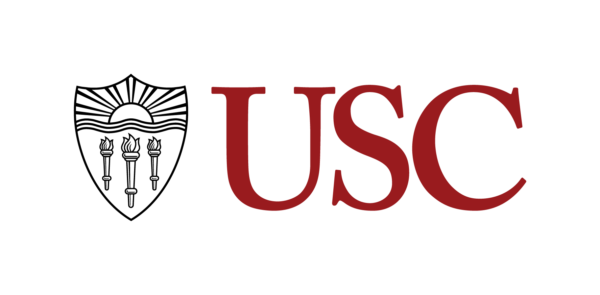Slots: 1 Concept Note per organization.
Deadlines
Internal Deadline: March 20th, 2024, 5pm PT Closed.
LOI: N/A
External Deadline: April 8, 2024, 12pm EDT
Award Information
Award Type: Cooperative Agreement
Estimated Number of Awards: Up to 2
Anticipated Award Amount: Up to $2,500,000
Who May Serve as PI: Eligibility for the SPARK Addendum is not restricted. The Prime Applicant can be any type of organization or entity but is expected to have strong administrative/grant and contract management (sub-award) experience and expertise working with a wide array of partners across geographic and entity type. (Eligibility for envisioned sub-award opportunities to be issued after the award is created may be restricted.) USAID welcomes applications from organizations that have not previously received financial assistance from USAID.
Link to Award: https://www.grantforward.com/grant?grant_id=913888
Process for Limited Submissions
PIs must submit their application as a Limited Submission through the Research Initiatives and Infrastructure (RII) Application Portal: https://rii.usc.edu/oor-portal/. Use the template provided here: RII Limited Submission Applicant Template
Materials to submit include:
- (1) Two-Page Proposal Summary (1” margins; single-spaced; standard font type, e.g. Arial, Helvetica, Times New Roman, or Georgia typeface; font size: 11 pt). Page limit includes references and illustrations. Pages that exceed the 2-page limit will be excluded from review. You must use the template linked above.
- (2) CV – (5 pages maximum)
Note: The portal requires information about the PIs in addition to department and contact information, including the 10-digit USC ID#, Gender, and Ethnicity. Please have this material prepared before beginning this application.
Purpose
Through this Addendum to the 2024-2029 EXpanding Partnerships, Learning and REsearch (EXPLORE) Annual Program Statement (APS) No. 7200AA24APS00004, the U.S. Agency for International Development (USAID)’s Innovation, Technology, and Research Hub (ITR) seeks to engage a Prime entity or entities to source, support, and fund research partnerships between low- and middle-income country (LMIC) research institutions and U.S.-based institutions on topics important to global development.
USAID expects that activities under this Addendum will focus on three overarching priorities:
Priority 1: Fund high-quality, locally led research, with a goal to better understand international development challenges and develop and disseminate solutions.
Priority 2: Support U.S.-local research partnerships which can persist beyond USAID funding and produce long-term benefits for all partners.
Priority 3: Strengthen capacity at local higher education institutions for conducting and disseminating research.
Subject to the availability of funding, USAID/IPI/ITR may support up to two new Cooperative Agreements of up to $75 million total over the course of five years. ITR/R anticipates obligating up to $2.5M in the initial obligation for Year 1 of this Award, contingent on the availability of funds. This initial obligation is envisioned to cover both core operational costs for Year 1 as well as costs for pilot subawards under the initial Research Call(s) under SPARK. After the initial obligation, additional funds (contingent on the availability of funds, and up to the ceiling of $75M over five years) may be obligated into SPARK directly from ITR/R and other Missions and Bureaus to develop specific research calls.
Visit our Institutionally Limited Submission webpage for more updates and other announcements.
